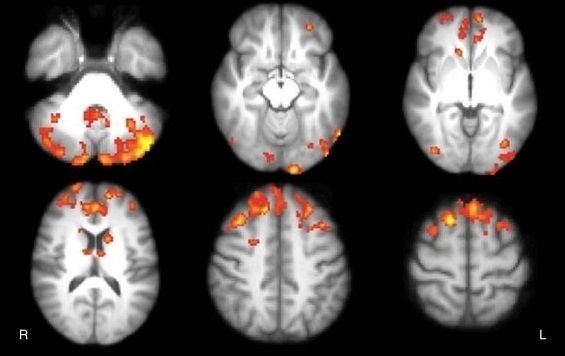Great.
Research published in Acta Neuropathologica, identified alterations in a protein known as ATRX in human brain tumours; researchers might also be able to target microRNAs directly, altering their levels to make cancer cells less likely to form tumours.
A recent study suggests that two recently discovered genetic differences between brain cancer cells and normal tissue cells could offer clues to tumour behaviour and potential new targets for therapy.
Published in Acta Neuropathologica, the study identified alterations in a protein known as ATRX in human brain tumours that arise as part of a genetically inherited condition known as neurofibromatosis type 1 (NF1). The disorder, marked initially by benign tumours on nerves, often leads to brain cancer, and although most NF1-related malignancies are nonaggressive, a fraction are “high-grade” and difficult to treat, experts say.









Comments are closed.